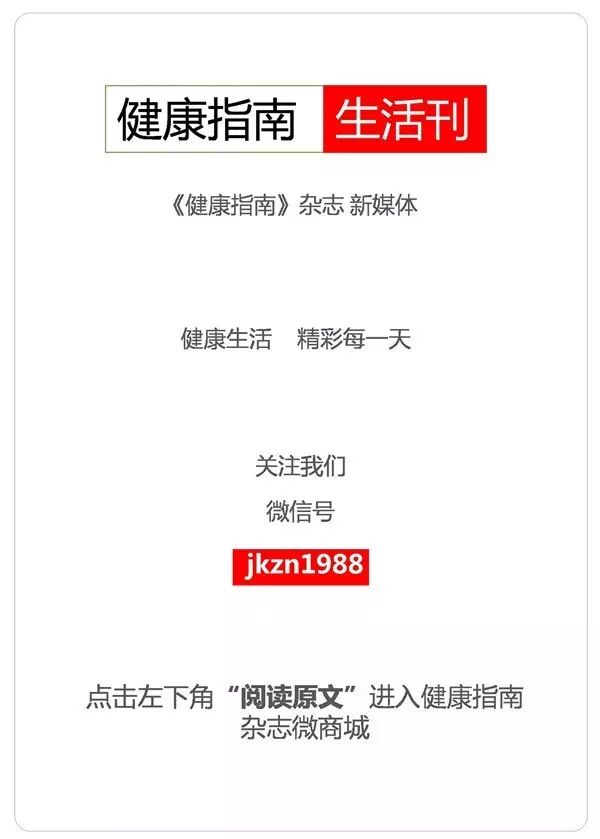
★ Symptoms of Blood Stasis Constitution
1. Poor Memory
Some individuals have difficulty remembering things, a condition referred to in TCM as “forgetfulness,” indicating a tendency to forget. Why does this happen? It is due to impaired blood circulation, where blood fails to nourish the heart, thus not providing sufficient blood to support cognitive functions.
2. Bruising in Various Body Parts
Individuals with blood stasis may have dark lips and spots on their faces, with the most noticeable bruising occurring around the eyes, such as dark circles. These dark circles differ from those caused by lack of sleep or kidney deficiency; they appear as numerous small dark spots forming a ring. This is all due to poor circulation of qi and blood.
3. Frequent Dry Throat and Dry Skin
If you often feel a dry throat without thirst, just a desire to moisten it, this is termed “wanting to rinse but not to drink” in TCM. Additionally, individuals with blood stasis may experience extremely dry skin, described in TCM as “skin like armor.” For instance, many people have rough, scaly skin on their legs. Such symptoms indicate poor blood circulation, where blood fails to adequately nourish the skin, leading to dryness and cracking.
Currently, many beauty salons recommend hydrating products, but this approach is ineffective because hydration must come from within. Just as a flower needs water at its roots rather than being sprayed on its leaves, skin dryness should be addressed by replenishing internal moisture.

4. Presence of Blood Vessels on the Skin
Some individuals may have visible capillaries on various body parts, most notably on the face, such as fine lines around the nose, referred to by Teacher Wang Qi as “money lines.” Others may have many raised red or blue capillaries on their legs. Normally, capillaries should not be visible; this condition indicates local stasis and is a manifestation of blood stasis.
5. Frequent Pain in Certain Body Areas
Individuals with blood stasis often experience pain in specific areas, which may be consistent. Many people do not feel pain during the day but experience it at night, a condition known in TCM as “light during the day, heavy at night.”
For those with blood stasis, abdominal reactions are particularly pronounced; pressing on the abdomen while lying down may reveal painful points, especially in sensitive areas. This is part of TCM abdominal diagnosis.
Note: I am sharing tongue diagnosis merely as a tool for monitoring health indicators. While you may suspect blood stasis, do not hastily self-diagnose and attempt to resolve it independently. If you find several indicators matching those in literature, consult a local TCM practitioner for proper diagnosis.
★ Tongue Appearance of Individuals with Blood Stasis Constitution
1. Obvious Stasis Points on the Tongue Tip Indicate Forming Blood Stasis

If there are obvious stasis points on the tongue tip, it indicates that blood stasis is about to form but has not yet formed.

If there are many black or blue stasis spots on the tongue tip and sides, it indicates severe blood stasis.
2. Thick and Dark Sub-lingual Veins Indicate Severe Blood Stasis
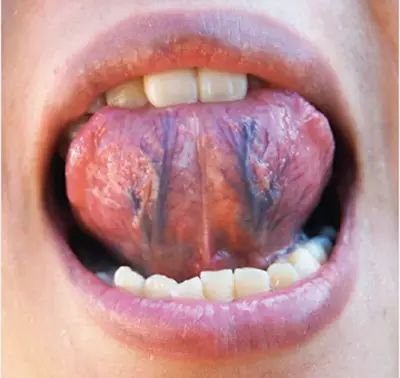
When we open our mouths and lick our lips, we can see two veins under the tongue. Normally, these veins should be light blue and no more than two millimeters in diameter. If they are thick and dark, branching outwards, it indicates severe blood stasis.
3. Deviated Tongue Tip May Indicate Blood Stasis
First, we must rule out the possibility that the tongue tip is naturally deviated, which is a physiological condition. This is why I teach everyone to observe the tongue dynamically. Normally, the tongue should extend straight forward; if it was previously normal and has recently deviated, it warrants attention. If the tongue appears as shown in the image, we should be cautious.
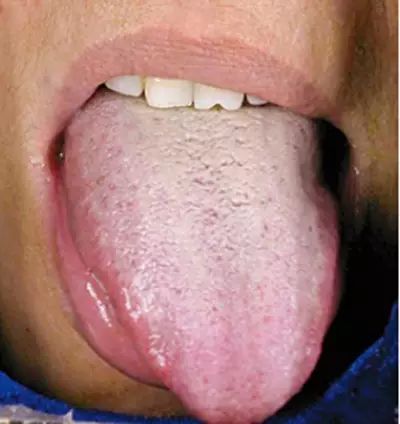
Aside from physiological reasons, generally, the direction of the tongue tip indicates where blood flow is obstructed in the head. For example, if the tongue tip deviates to the left, I would ask the patient if they experience pain on the left side of the head, and they often confirm it. A rightward deviation suggests right-sided head pain. A deviated tongue tip indicates potential health risks, and this sign may appear long before physical symptoms manifest.
4. Bluish or Purplish Tongue Color May Indicate Blood Stasis
If there is blood stasis in the body, a clear characteristic is that the tongue color may appear bluish or purplish, both of which suggest the presence of blood stasis.
Additionally, if there is spleen deficiency, dampness may be significant. If the tongue coating is thick and reveals slight stasis spots, but not obvious, you should suspect the presence of blood stasis and check the sublingual veins for signs of stasis.
5. Signs of Blood Stasis in Women May Indicate Uterine Fibroids or Ovarian Cysts
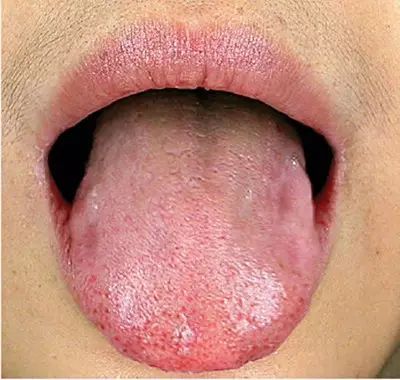
If a woman shows signs of blood stasis on her tongue and has excessive facial hair, it may indicate endocrine issues, necessitating a thorough examination of the uterus and ovaries for potential uterine fibroids or ovarian cysts.
6. A Purple or Black Tongue with a White Coating Indicates Dampness Covering Blood Stasis
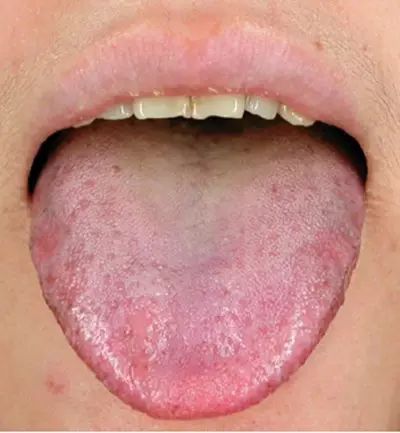
Sometimes, the tongue appearance of blood stasis may be obscured by dampness. If the tongue appears purple or black with a white coating, it indicates that dampness is covering the blood stasis. This tongue appearance can be misleading; if unaware, simply removing dampness may not yield effective results. Therefore, it is essential to simultaneously eliminate dampness while clearing heat and resolving blood stasis.
★ It is Normal for Pregnant Women to Show Signs of Blood Stasis on the Tongue
I want to remind everyone not to assess the tongue of pregnant women, as it is normal for them to show signs of blood stasis. Why? Because the process of fetal development involves the accumulation of qi and blood, so pregnant women will exhibit signs of blood stasis. Do not learn from books and then tell pregnant women, “You have blood stasis; let me help you resolve it with some blood-activating herbs,” as this could lead to complications.
★ Care Recommendations for Individuals with Blood Stasis Constitution
Blood stasis in the heart is particularly dangerous; one can use San Qi (Panax notoginseng) powder combined with Xi Yang Shen (American ginseng) powder to resolve it.
Formula: San Qi powder and Xi Yang Shen powder, each 0.5 grams.
Usage: Take orally daily with plain water.

Blood stasis in the heart is very dangerous; in China, 1,500 people die suddenly from heart issues daily. If blood stasis occurs in other parts of the body, it may not pose immediate danger, but blood stasis in the heart is the most concerning.
If an individual’s tongue shows only symptoms of blood stasis, taking San Qi with Xi Yang Shen will lead to rapid improvement. There are many methods to resolve blood stasis, but the combination of San Qi powder and Xi Yang Shen powder is an excellent remedy for heart blood stasis.
If the patient’s tongue coating is thick, indicating dampness, and there is blood stasis in the heart, dampness must be addressed first. Additionally, the degree of discomfort in the heart should be assessed before medication; it is best to consult a local TCM practitioner for comprehensive treatment.
Source: The above content is excerpted from “Illustrated Tongue Diagnosis,” Jiangxi Science and Technology Publishing House. This article is authorized for publication by Beijing Zitu Books; please indicate the source when reprinting!
Editor: Xiao Jing
 High protein, coarse grains, plenty of fruits and vegetables, good nutrition.
High protein, coarse grains, plenty of fruits and vegetables, good nutrition.
